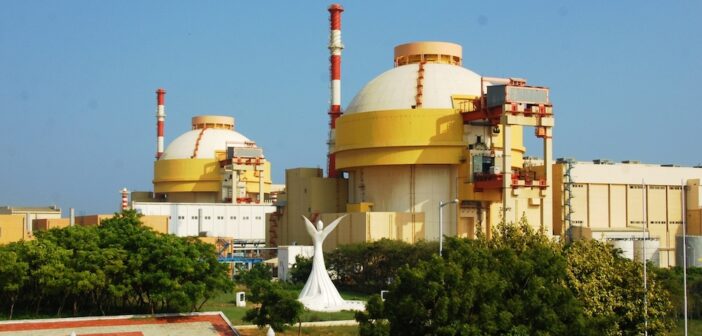Following the recent U.S. attack on Iran’s nuclear sites, experts have raised concerns about long-term environmental risks and radiological contamination, the dangers that may remain invisible but can impact generations. It begs the question: How safe are our systems? In times like these, the question isn’t just about what happened elsewhere. It’s about whether we’re paying enough attention to what’s happening here and what still could.
In India, the Atomic Energy Regulatory Board (AERB) monitors nuclear safety by requiring plants to report incidents, classified as Events or Significant Events. These are rated on the International Nuclear and Radiological Event Scale (INES), ranging from Level 0 (no safety significance) to Level 7 (major accident, like Chernobyl or Fukushima).

As of 2023, India has 22 operational nuclear power plants and 13 more under construction with a capacity of 10,100 Megawatt Electric (MWe). Between 2004 and 2023, the Atomic Energy Regulatory Board (AERB) recorded 650 nuclear safety-related incidents. Of these, 2 were rated INES Level 2 or higher (the last in 2011), 38 were Level 1, and 610 were Level 0, indicating no safety significance.
India’s nuclear safety record has remained stable in recent years, yet these numbers remind us that even low-level events need close scrutiny, especially at a time when global nuclear risks are once again in the spotlight.



